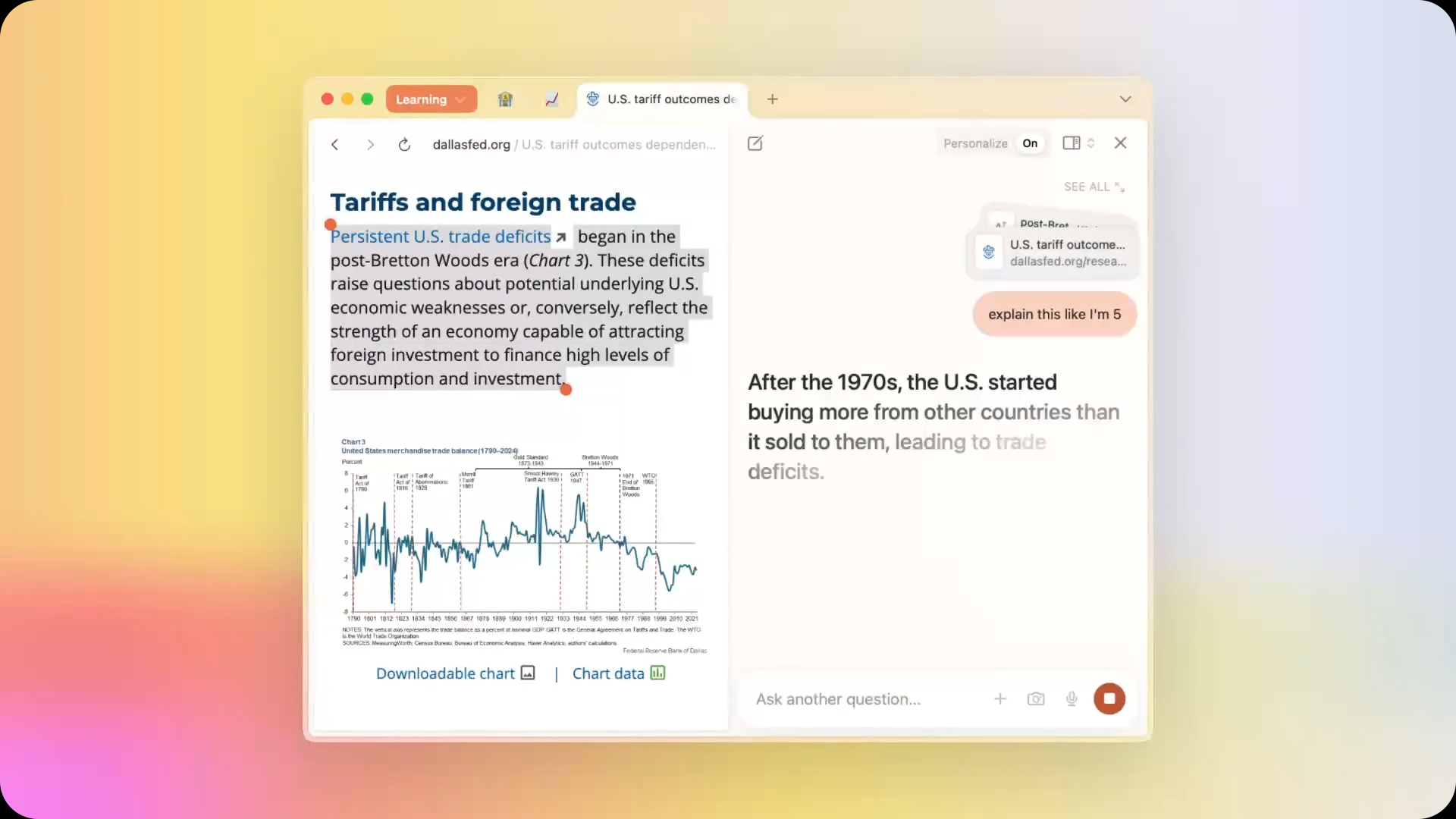Boost Productivity and Morale with the Right Staff Management Tools
Learn how integrated solutions like School ERP, School Portal, Student Information System, and Attendance Management System streamline workflows, reduce workload, and boost staff morale.

In today’s fast-paced educational landscape, the key to running an efficient school isn’t just high-quality teaching or modern classrooms—it’s seamless administrative operations driven by powerful Staff Management Tools. For schools striving to improve both productivity and staff morale, investing in the right digital systems can be a game-changer.
Modern institutions are increasingly relying on comprehensive platforms like School ERP, School Portals, and Attendance Management Systems to streamline their workflows, support teachers, and empower administrators. These technologies don’t just automate tasks—they foster a healthier, more collaborative environment where educators can focus on what truly matters: student success.
Understanding Staff Management in Educational Institutions
Staff management in schools involves much more than handling attendance or payroll. It includes:
-
Scheduling and workload distribution
-
Leave and attendance tracking
-
Performance monitoring
-
Communication and collaboration
-
Training and development tracking
With growing responsibilities, manual systems are no longer effective. Schools need smart solutions that reduce paperwork, eliminate redundancies, and offer real-time insights.
The Role of School ERP in Staff Productivity
A School ERP system is an all-in-one platform that integrates multiple functions—HR, academics, finance, and communication—into a centralized system. For staff management, this means:
-
Automated HR Processes: Manage onboarding, payroll, leave, and performance reviews in one place.
-
Workload Distribution: Assign responsibilities and schedules efficiently, reducing stress and confusion.
-
Analytics and Reporting: Get real-time insights into staff performance and workload, enabling data-driven decisions.
By automating administrative tasks, a School ERP allows educators to spend less time on paperwork and more time in the classroom, directly boosting morale and productivity.
Enhancing Communication with School Portals
A School Portal serves as a digital hub that connects teachers, students, parents, and administrators. For staff, this offers:
-
Transparent Communication: Teachers can receive updates, share feedback, and access resources anytime.
-
Collaborative Tools: Teams can plan events, meetings, or curriculum activities together.
-
Quick Access to Information: From timetables to attendance records, all data is accessible with a few clicks.
When communication is streamlined, staff feel more connected and less burdened by the chaos of back-and-forth emails or physical paperwork. This naturally enhances workplace satisfaction and efficiency.
Streamlining Attendance with Advanced Management Systems
Keeping track of staff attendance manually is time-consuming and prone to errors. That’s where a modern Attendance Management System becomes essential. These systems allow schools to:
-
Automate Attendance Tracking: Biometric, RFID, or app-based systems accurately record attendance.
-
Integrate with Payroll: Automatically calculate working hours and integrate with salary processing.
-
Generate Reports: Identify patterns like frequent absenteeism or late check-ins.
These features not only ensure transparency but also help in evaluating staff discipline and planning backup resources, minimizing disruption in school operations.
Integration with Student Information Systems
While Student Information Systems are primarily designed to manage student data, they often include staff-related functionalities like class scheduling, teacher allocation, and performance tracking. Integration between SIS and staff management tools ensures:
-
Better Resource Allocation: Easily assign the right teachers to the right classes.
-
Real-Time Updates: Staff can update grades, track student progress, and communicate with parents through one interface.
-
Unified Data Management: Avoid data silos by consolidating all academic information into a centralized system.
This level of integration helps reduce redundant work and ensures all stakeholders are on the same page, greatly improving productivity and school morale.
Boosting Staff Morale with Smart Systems
Morale plays a significant role in the overall performance of staff. Here’s how the right management tools contribute to a more positive work culture:
-
Reduced Workload: Automation of repetitive tasks like attendance, scheduling, and report generation saves time and energy.
-
Recognition and Rewards: Performance tracking enables schools to acknowledge outstanding contributions.
-
Fair and Transparent Processes: Digital systems reduce favoritism and manual errors, ensuring fair treatment of all staff.
-
Training and Growth: Track professional development progress and offer online learning modules to support career growth.
When staff feel supported and valued, they are more motivated, engaged, and loyal to the institution.
Conclusion: The Future Is Digital
As schools continue to evolve, adopting the right staff management tools isn’t just an option—it’s a necessity. Whether it’s through a robust School ERP, an intuitive School Portal, or an accurate Attendance Management System, digital solutions are transforming how educational institutions function.
By prioritizing automation, real-time data access, and integrated communication, schools can foster a more productive, collaborative, and morale-boosting environment for their staff.
Empowering your educators begins with empowering your systems. Don’t wait—take the digital leap today and witness the difference the right tools can make in both staff performance and institutional success.

















































































































































![Top Features of Vision-Based Workplace Safety Tools [2025]](https://static.wixstatic.com/media/379e66_7e75a4bcefe14e4fbc100abdff83bed3~mv2.jpg/v1/fit/w_1000,h_884,al_c,q_80/file.png?#)































![[The AI Show Episode 152]: ChatGPT Connectors, AI-Human Relationships, New AI Job Data, OpenAI Court-Ordered to Keep ChatGPT Logs & WPP’s Large Marketing Model](https://www.marketingaiinstitute.com/hubfs/ep%20152%20cover.png)






















































































































![[DEALS] Microsoft Visual Studio Professional 2022 + The Premium Learn to Code Certification Bundle (97% off) & Other Deals Up To 98% Off](https://www.javacodegeeks.com/wp-content/uploads/2012/12/jcg-logo.jpg)






































































































































































































































![PSA: Widespread internet outage affects Spotify, Google, Discord, Cloudflare, more [U: Fixed]](https://i0.wp.com/9to5mac.com/wp-content/uploads/sites/6/2024/07/iCloud-Private-Relay-outage-resolved.jpg?resize=1200%2C628&quality=82&strip=all&ssl=1)





















![Apple Shares Teaser Trailer for 'The Lost Bus' Starring Matthew McConaughey [Video]](https://www.iclarified.com/images/news/97582/97582/97582-640.jpg)


































































